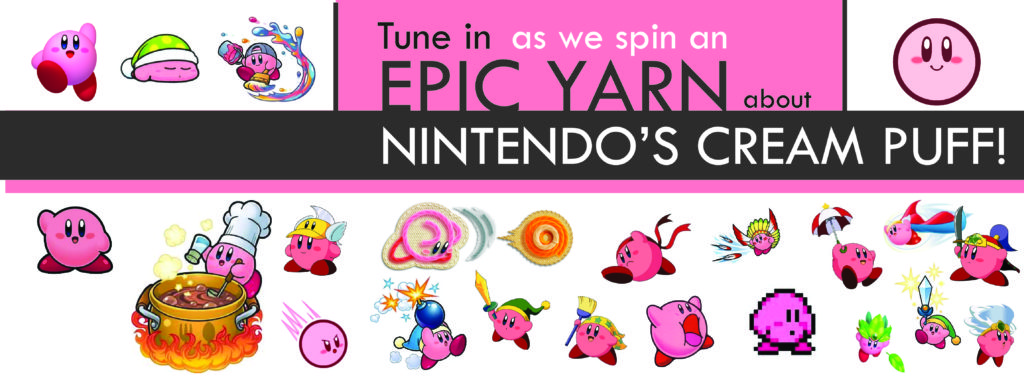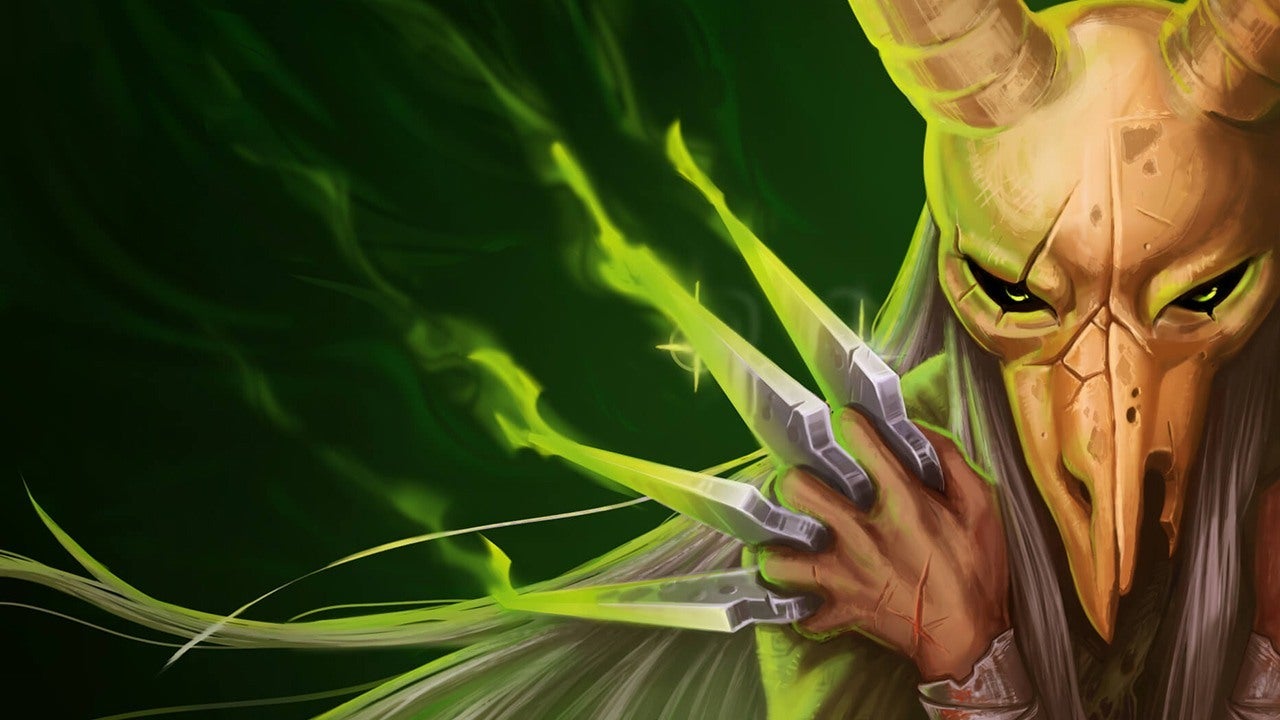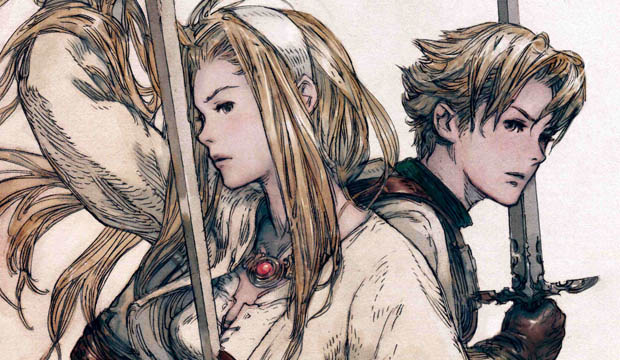
Kirby has the ability to suck in enemies and copy their abilities, making him able to adapt to situations as the need requires. That fact seems to not have been lost on Nintendo themselves in their ad campaigns for the cream puff, as commercials for the same game can vary from Japan to United States.
First, let’s take a look at the Japanese commercial for the game that started it Kirby’s career, Kirby’s Dream Land.
Now, let’s a take a look at the US commercial for the same game.
The Japanese ad has a much more whimsical feel to it. You might notice that Kirby is his normal pink color in the Japanese version and white in the US version. Probably hard to sell a pink character here in the US while Nintendo of America is bombarding us with their ‘Play It Loud” campaign. Kirby also does his more traditional inhale in the Japanese version while we get a rather gross, salivating Kirby. The US ads were also kind enough to add in teeth to Kirby. Teeth apparently make you four times as tough.
Looking at the next entry, Kirby’s Dream Land 2, Japan keeps up the cute theme.
And America keeps up the badassery. At least he’s pink.
While not as pronounced as it was, America still has a different take on how to sell Kirby to consumers. Looking at the ad for the most recent entry in the series, Return to Dream Land, there’s not a definitive focus on Kirby. The focus seems more on his new multiplayer pals, King Dedede, Meta Knight, and Waddle Dee.
Japan got four ads for Return to Dream Land, with only one of them mentioning teaming up with his rivals. Even then, they only show up for about four seconds.
The other three focus strictly on Kirby.
Kirby has a definite soft image compared to other Nintendo mascots. Japan seems content with relying on that while the US seems intent on selling us a slightly tougher pink ball. Both must work, Kirby, as we’re celebrating all this week, has been around for 20 years and doesn’t show any signs of slowing down. If nothing else, you can almost make it a case study for cultural differences between the US and Japan.






